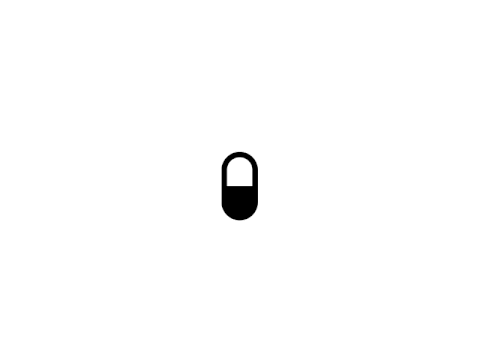In today’s digital age, the internet is an essential tool for staying linked, informed, and entertained. Nevertheless, with the comfort of on-line access comes the risk of encountering cyber threats. Seniors, in particular, may be more vulnerable to these dangers due to a lack of acquaintedity with technology. Understanding and implementing cybersecurity finest practices is crucial for guaranteeing a safe and enjoyable online experience. Listed below are some essential ideas to help seniors navigate the internet securely.
1. Understanding Cyber Threats
Before diving into safety tips, it’s important to acknowledge the types of threats seniors may face online. Common cyber threats embrace phishing scams, malware, identity theft, and fraudulent schemes. Phishing involves deceptive emails or websites designed to trick individuals into revealing personal information. Malware, resembling viruses or spyware, can harm devices or steal data. Identity theft happens when personal information is used without consent, often leading to monetary loss. Fraudulent schemes, including fake charities or investment opportunities, can exploit trust and goodwill.
2. Use Sturdy, Unique Passwords
Passwords are the first line of protection in opposition to unauthorized access. Seniors should create robust, distinctive passwords for every on-line account. A strong password typically includes a combination of highercase and lowercase letters, numbers, and special characters. Avoid using simply guessable information equivalent to birthdays or frequent words. Consider using a password manager to securely store and manage passwords, making certain they’re both strong and distinctive without the need to memorize them.
3. Enable Two-Factor Authentication
Two-factor authentication (2FA) adds an additional layer of security to on-line accounts. This methodology requires not only a password but additionally a second form of verification, similar to a code sent to a mobile device. By enabling 2FA, seniors can significantly reduce the risk of unauthorized access, even if their password is compromised.
4. Be Cautious with Emails and Links
Phishing scams often arrive through electronic mail, showing to be from legitimate sources. Seniors must be cautious when opening emails from unknown senders and keep away from clicking on suspicious links. Confirm the authenticity of emails by checking the sender’s address and looking for grammatical errors or uncommon requests. When doubtful, contact the group directly utilizing a known, trusted method.
5. Set up and Update Security Software
Installing reputable antivirus and anti-malware software is essential for protecting devices from malicious threats. Seniors ought to guarantee their security software is usually up to date to defend towards the latest threats. Additionally, keeping the working system and all applications up to date with the latest security patches is essential for sustaining a secure on-line environment.
6. Secure Personal Information
Seniors should be mindful of the personal information they share online. Avoid posting sensitive details such as home addresses, phone numbers, or monetary information on social media or unsecured websites. When making online purchases, make sure the website is secure by looking for “https://” in the URL and a padlock icon within the address bar.
7. Be Aware of Social Engineering
Social engineering entails manipulating individuals into divulging confidential information. Seniors must be wary of unsolicited phone calls, emails, or messages asking for personal details. Legitimate organizations will not request sensitive information by these channels. If unsure, seniors ought to confirm the request by contacting the group directly using a trusted method.
8. Educate and Stay Informed
Cyber threats are continuously evolving, making it essential for seniors to stay informed in regards to the latest safety practices. Participating in on-line safety courses, attending community workshops, or seeking advice from tech-savvy family members can enhance cybersecurity awareness. Knowledge is a strong tool in preventing cyber threats.
9. Use Secure Connections
When accessing the internet, seniors should use secure, private Wi-Fi connections slightly than public networks. Public Wi-Fi, typically available in places like cafes or libraries, can be less secure and more susceptible to cyber-attacks. If utilizing public Wi-Fi is critical, consider utilizing a Virtual Private Network (VPN) to encrypt internet visitors and protect sensitive data.
10. Commonly Back Up Data
Frequently backing up vital data ensures that seniors can recover their information in case of a cyber incident. Utilize exterior hard drives or cloud storage services to create backups of essential documents, photos, and different data. Regular backups can mitigate the impact of data loss due to malware or hardware failure.
In conclusion, while the internet offers many benefits, it also presents numerous risks, especially for seniors who will not be as familiar with technology. By understanding frequent cyber threats and implementing these finest practices, seniors can enjoy a safer and more secure on-line experience. Empowering seniors with the knowledge and tools to protect themselves is key to navigating the digital world with confidence.
If you beloved this write-up and you would like to acquire more details with regards to Online Safety Training kindly pay a visit to the webpage.
